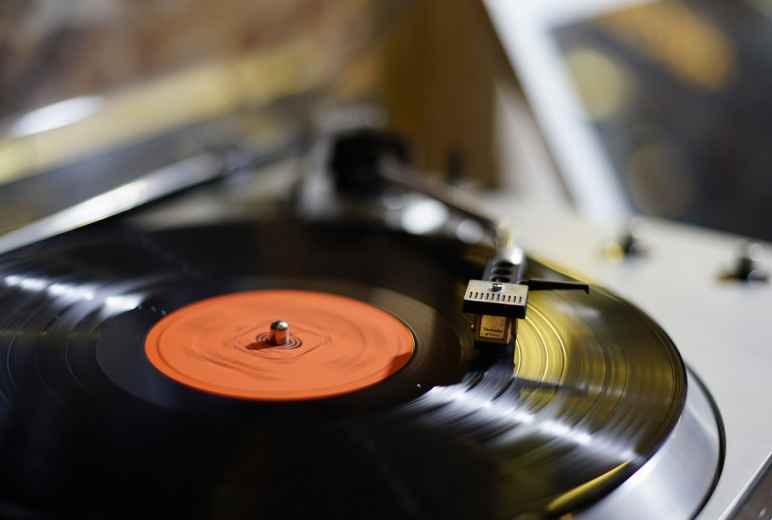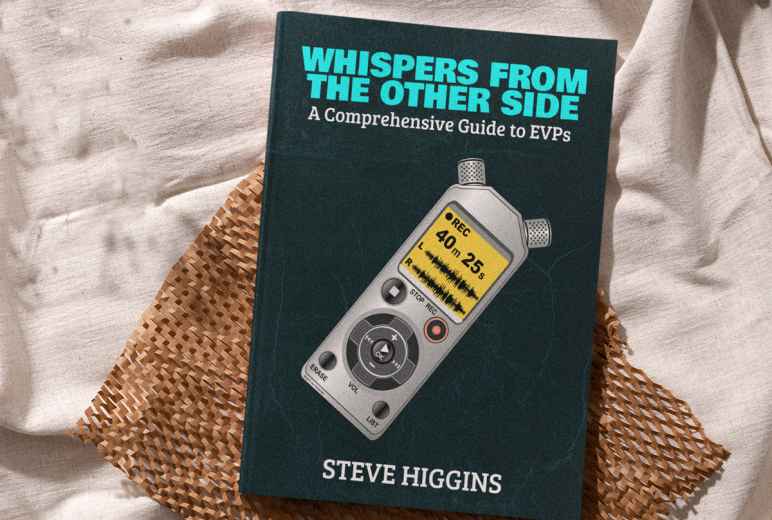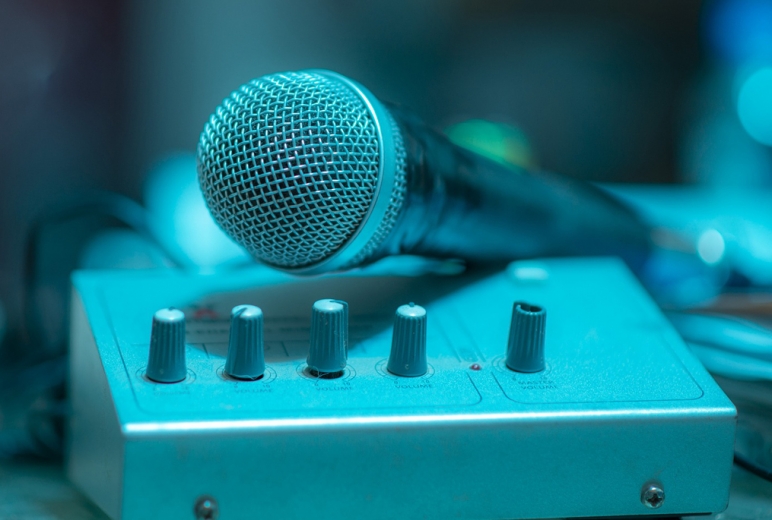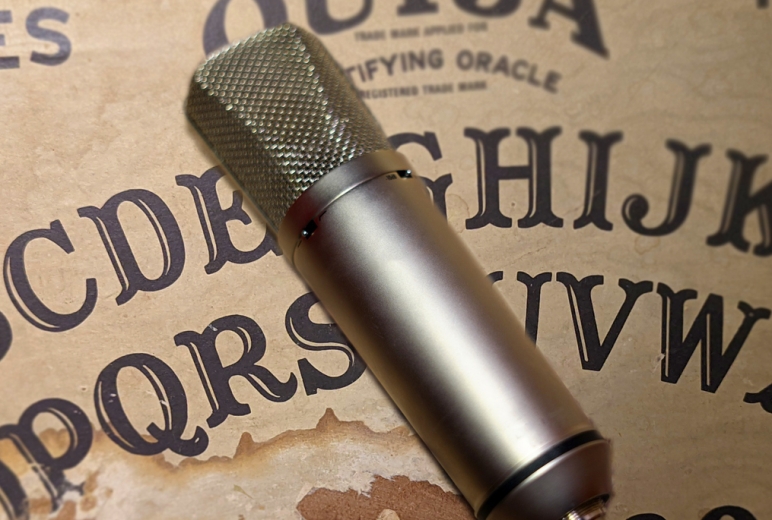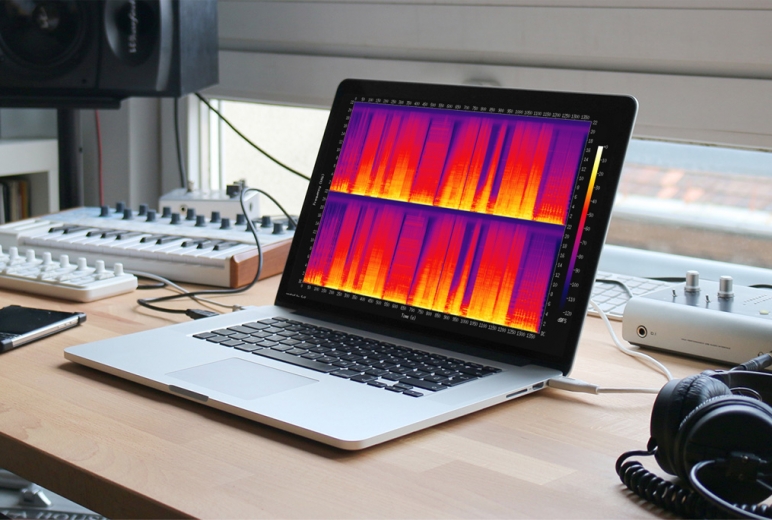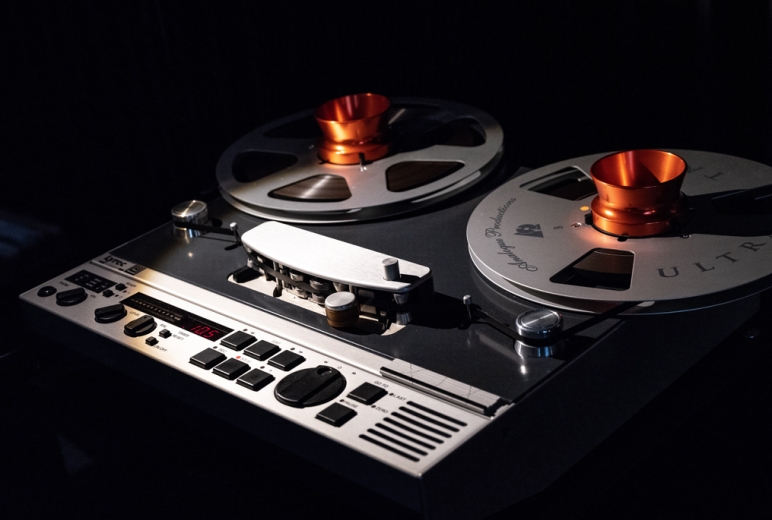Understanding The Melodic Warbling Sounds In EVP Recordings
March 03, 2024 1:00 AM ‐ Paranormal • Ghost Hunting
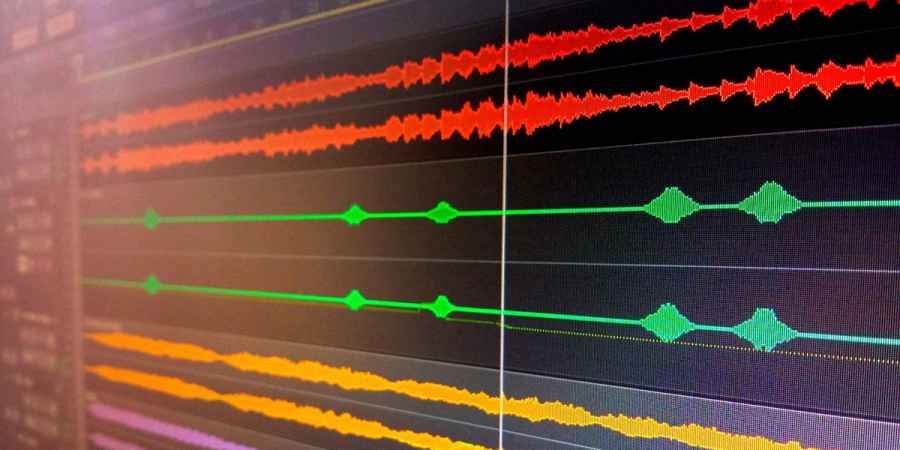
Photo: © Luis Rengel
Have you ever listened back to an Electronic Voice Phenomena (EVP) recording and heard strange, melodic sounds that seem out of place? These sounds, often described as warbling, metallic, or underwater in nature, can lead to false positives or make it hard to hear genuine EVPs.
The 'warbling' effect is caused by the compression of audio files, especially in formats like MP3 or streaming audio with lower bitrates. Compression works by reducing the size of the audio file, and it does this by removing parts of the sound that are deemed less important or less perceptible to human hearing. This process is known as 'lossy compression'.
These distortions, which often carry a metallic, tinny quality, manifest as the warbling sounds you hear, particularly when the recording equipment or software applies aggressive compression to the audio. They might resemble the muffled, yet fluctuating tone you'd expect to hear in underwater sounds. These sounds may also be repetitive and have a rhythmic, almost musical quality.
These distortions, which often carry a metallic, tinny quality, manifest as the warbling sounds you hear, particularly when the recording equipment or software applies aggressive compression to the audio. They might resemble the muffled, yet fluctuating tone you'd expect to hear in underwater sounds. These sounds may also be repetitive and have a rhythmic, almost musical quality.
Below is an example of this melodic warbling effect. The first sound you'll hear is a piece of audio that has been reduced in quality and heavily compressed, the second sound is the original, uncompressed audio. You'll notice the warbling is only present in the first sound.
The characteristic tones, like the ones heard in the example audio, happen when the compression process overly simplifies or inaccurately represents complex audio information. For instance, in music, this can occur with high-frequency sounds like cymbals, where the compression algorithm struggles to accurately reproduce the natural decay and resonance of these sounds. The result is a sort of smeared or ringing artefact that can sound melodic or tuneful in its repetition and pattern.
Some forms of compression, especially those designed for speech, such as those used in telephony or voice chat applications, focus primarily on the frequency ranges where human speech typically occurs, which are roughly between 300 Hz and 3400 Hz. This range encompasses most of the fundamental frequencies and important harmonics of human speech, which are crucial for intelligibility and recognition.
When the audio is compressed, the frequencies most common in speech are prioritised, while frequencies outside of this range may be reduced in quality or entirely discarded, under the assumption that these are less important for the listener's understanding. This approach works well for clear communication but can introduce issues when applied to EVP recordings.
Many investigators spend time carefully analysing potential EVP recordings and rely on clear audio. However, if the recording is compressed too much or is of low quality, these warbling artefacts can muddy the waters. They can either mask potential paranormal voices or be mistaken for paranormal voices that aren't actually present in the recording. The recording can be further distorted by amplification, noise reduction, and filtering processes used by investigators to try to clarify any potential voices or sounds.
If you do encounter the warbling effect when reviewing your EVPs, it does not necessarily mean the recording should be disregarded. Since EVPs sound like human voices, they fall within the frequency range within which normal speech also lies. As previously mentioned, some compression techniques prioritise these frequencies. This could mean that your ghostly voice is completely uncompressed, while the extraneous sounds around it have been compressed and caused the warbling effect.
If the alleged EVP provides a specific, relevant response to the questions asked or the location's history, it might be worth further investigation, even if some warbling is present. However, the content should be clear and unmistakable, not something that requires extensive interpretation. Share the recording with other investigators or impartial listeners without leading them on what to hear. If they independently identify similar voices or messages despite the warbling, the recording could hold more weight.
Ultimately, while warbling in an EVP recording is a cause for skepticism, it doesn't automatically invalidate the entire recording. Each case should be evaluated on its own merits, considering the quality of the recording, the clarity of the potential EVP, and the context of the investigation. However, maintaining a critical eye and striving for the highest possible audio quality will always be fundamental in paranormal research.
Equally, remember that not all anomalies in audio recordings have paranormal origins. By understanding the technical aspects of your equipment and the nature of sound recording, you can better discern the true value of your EVP evidence.
Using high-quality recording equipment and familiarising yourself with its settings are essential steps to minimise unwanted warbling sounds and enhance the quality of EVP recordings. Opt for devices specifically designed for clear audio capture, such as digital voice recorders with superior microphones and lower internal noise levels. It's crucial to record in environments with minimal background noise to prevent compression artefacts that can arise from attempting to clarify these recordings post-capture.
Recording in lossless audio formats like WAV rather than compressed formats like MP3 helps maintain the integrity of the original sounds, as it avoids the loss of data inherent in compression. Additionally, maintaining a stable environment during sessions—free from unnecessary movement and ambient noise—can further improve recording clarity.
More On EVP Research View All
Related Content
Daily Horoscopes
You May Also Like

